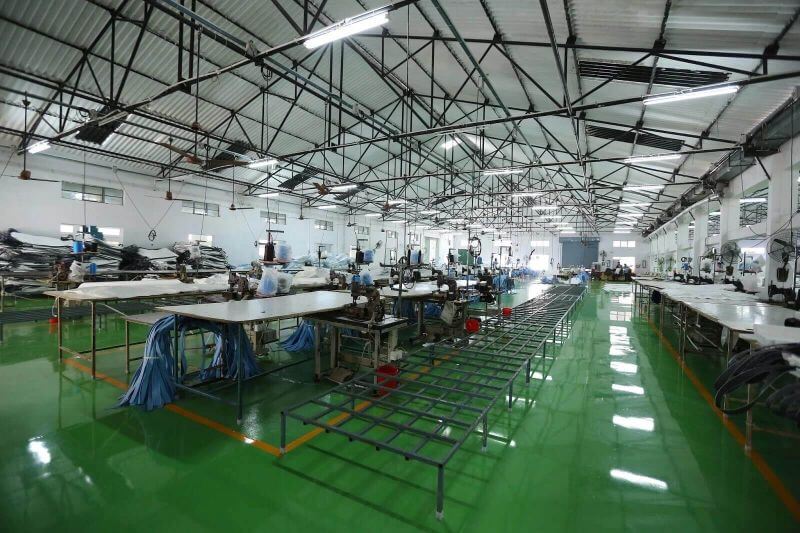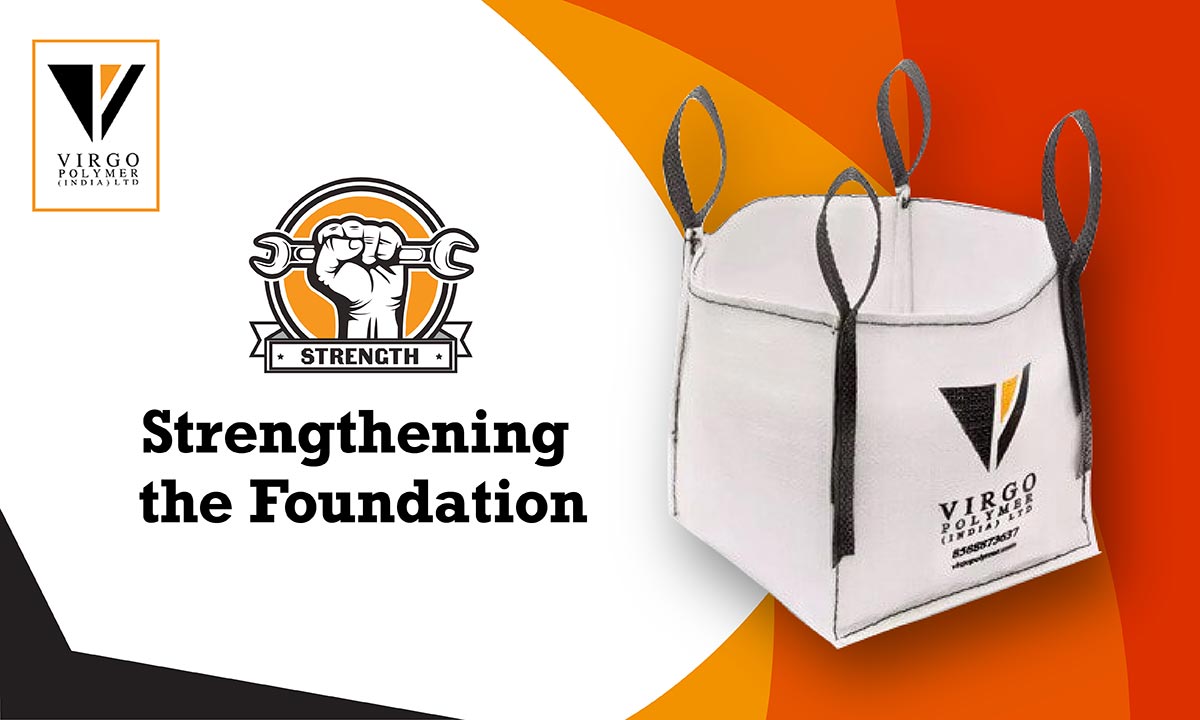



Flexible Intermediate Bulk Container (FIBC) bags, sometimes referred to as super sacks or bulk bags, are essential tools used in a variety of sectors for handling, storing, and transporting bulk goods. These bags are essential for streamlining logistics and increasing productivity in a variety of settings, including construction sites and agricultural fields. However, it's crucial to comprehend the significance of reinforcement approaches in boosting FIBC bag durability in order to ensure its effectiveness and strength.
Fundamentally, FIBC bags are made to safely hold and protect their contents while withstanding the rigours of handling and transit. In order to increase the strength and durability of these bags and reduce the possibility of tears, punctures, and other types of damage that could jeopardize their integrity, reinforcement techniques are used.
Adding more reinforcement to the bag's edges and corners is one of the main reinforcement strategies. When lifting, stacking, and transporting objects, these are the areas that are most prone to strain and wear. Manufacturers can greatly improve the structural integrity of the bag by putting in extra layers of fabric or using unique stitching patterns in these high-stress areas.
Furthermore, to guarantee the safe handling and transportation of FIBC bags, strengthening the lifting points is essential. If not sufficiently reinforced, these points—which carry the brunt of the bag's weight during lifting and suspension—are prone to failure. Methods like adding more fabric layers, putting in reinforced loops, or adding plastic or metal reinforcements can greatly extend the life and load-bearing capacity of the lifting points.
To strengthen FIBC bags, internal reinforcement techniques are also used in addition to external reinforcement. This could entail adding laminates or inner liners composed of polyethene or aluminium foil. These liners improve the overall structural stability of the bag in addition to offering an extra layer of defence against moisture, UV rays, and contamination.
Moreover, seam failure and leakage can be avoided by using reinforcing bands or tapes at the joints and seams of FIBC bags. When the bag is subjected to heavy loads or rough handling, these tapes serve as a barrier that distributes stress equally across the seams and reduces the likelihood of tears or ruptures.
Another innovative method of strengthening is adding anti-static qualities to FIBC bags, which is especially useful in sectors where there is a high risk of electrostatic discharge. Producers can efficiently disperse static charge, lowering the risk of sparks or fire in potentially dangerous situations, by incorporating anti-static textiles or conductive threads into the bag's structure.
To sum up, the skill of reinforcing is essential to improving the robustness of FIBC bags and guaranteeing their dependability in tough industrial applications. Manufacturers may produce bags that successfully preserve their contents while also withstanding the rigours of handling and transit by utilizing a blend of internal and external reinforcing techniques. It is impossible to overestimate the significance of reinforcing in preserving product integrity and safety as long as industries continue to depend on FIBC bags for their bulk packaging requirements.
